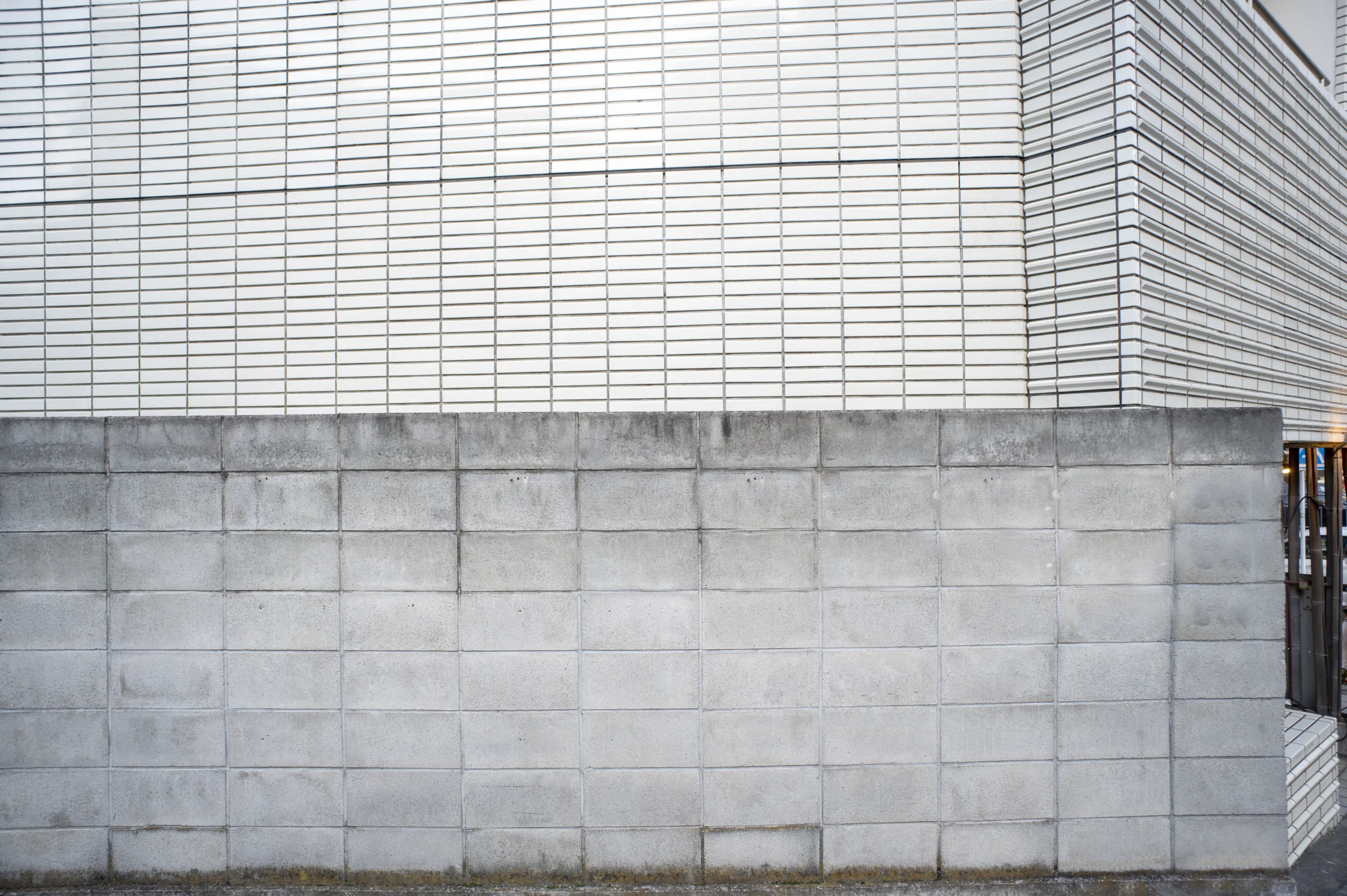
Retaining walls in Danville, CA, are silent yet essential guardians in landscaping and civil engineering. These structures, often unnoticed, play a crucial role in supporting the earth and water, combating erosion, and expanding usable land. With time, the evolution of materials and methods has given rise to the modern concrete retaining wall. Renowned for its strength, adaptability, and visual appeal, the concrete retaining wall is a cornerstone of present-day construction practices.
This guide offers a comprehensive exploration of the contemporary concrete retaining wall, covering its importance, development, and the critical considerations for its implementation in modern projects.
Understanding Retaining Walls: The Basics
Before we delve into the specifics of concrete retaining walls, it’s essential to understand what a retaining wall is and its purpose. A retaining wall is a structure designed to restrain soil to a slope it would not naturally keep to (typically a steep, vertical, or near-vertical slope). They bind soils between two different elevations, often in areas of terrain possessing undesirable slopes or where the landscape needs to be shaped severely and engineered for more specific purposes like hillside farming or roadway overpasses.
The Evolution of Retaining Walls
Retaining walls have been around for thousands of years. Ancient civilizations like the Romans and Incas used stone and brick to create retaining structures. Over time, these have evolved into more sophisticated systems. The modern retaining wall is often made of concrete, which provides a higher level of strength and can be engineered to meet the specific demands of different projects.
Why Concrete?
Concrete is the material of choice for modern retaining walls for several reasons:
- Strength and Durability: Concrete is known for its long-term structural integrity and resistance to weather, which is crucial for a structure exposed to the elements.
- Flexibility in Design: Concrete can be poured into various shapes and forms, allowing for customization in wall design.
- Maintenance: Concrete walls require minimal maintenance compared to walls made from other materials.
- Cost-Effectiveness: While the initial investment might be higher, concrete’s longevity and low maintenance make it cost-effective over time.
Types of Modern Concrete Retaining Walls
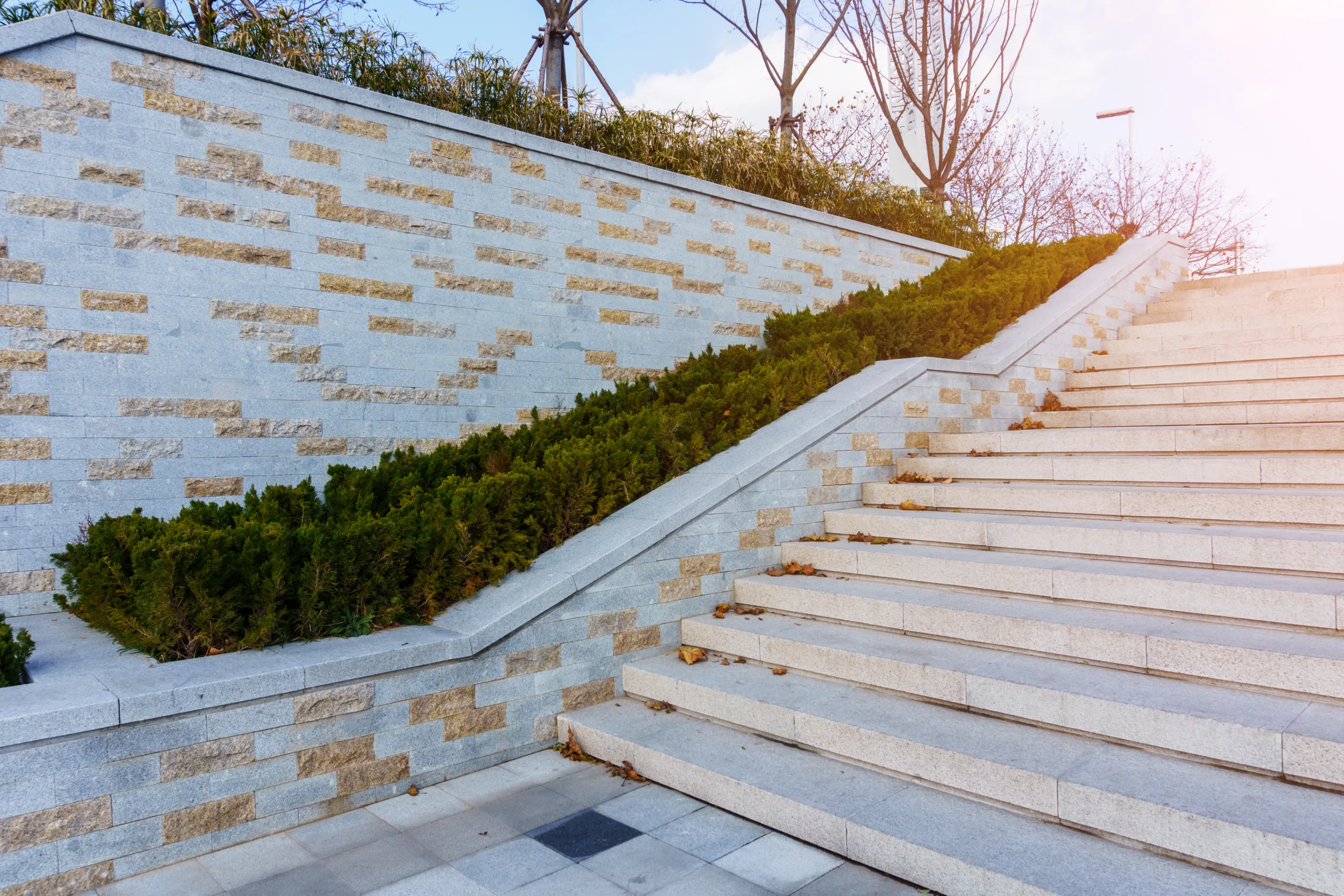
1. Gravity Walls
Gravity walls rely on their mass to resist the pressure from behind and are typically made from large concrete or stone blocks. They are best suited for shorter walls.
2. Cantilevered Walls
Cantilevered walls are made from reinforced concrete and are anchored into the ground with a slab that extends into the hillside. This design uses less concrete than gravity walls but requires careful engineering.
3. Sheet Piling Walls
Used primarily in tight spaces or soft soils, these walls are made from thin interlocking sheets of steel or concrete driven directly into the soil.
4. Anchored Walls
Anchored walls can be any of the above types but with added anchors driven into the earth and attached to the wall, providing additional support.
The Construction Process of a Modern Concrete Retaining Wall
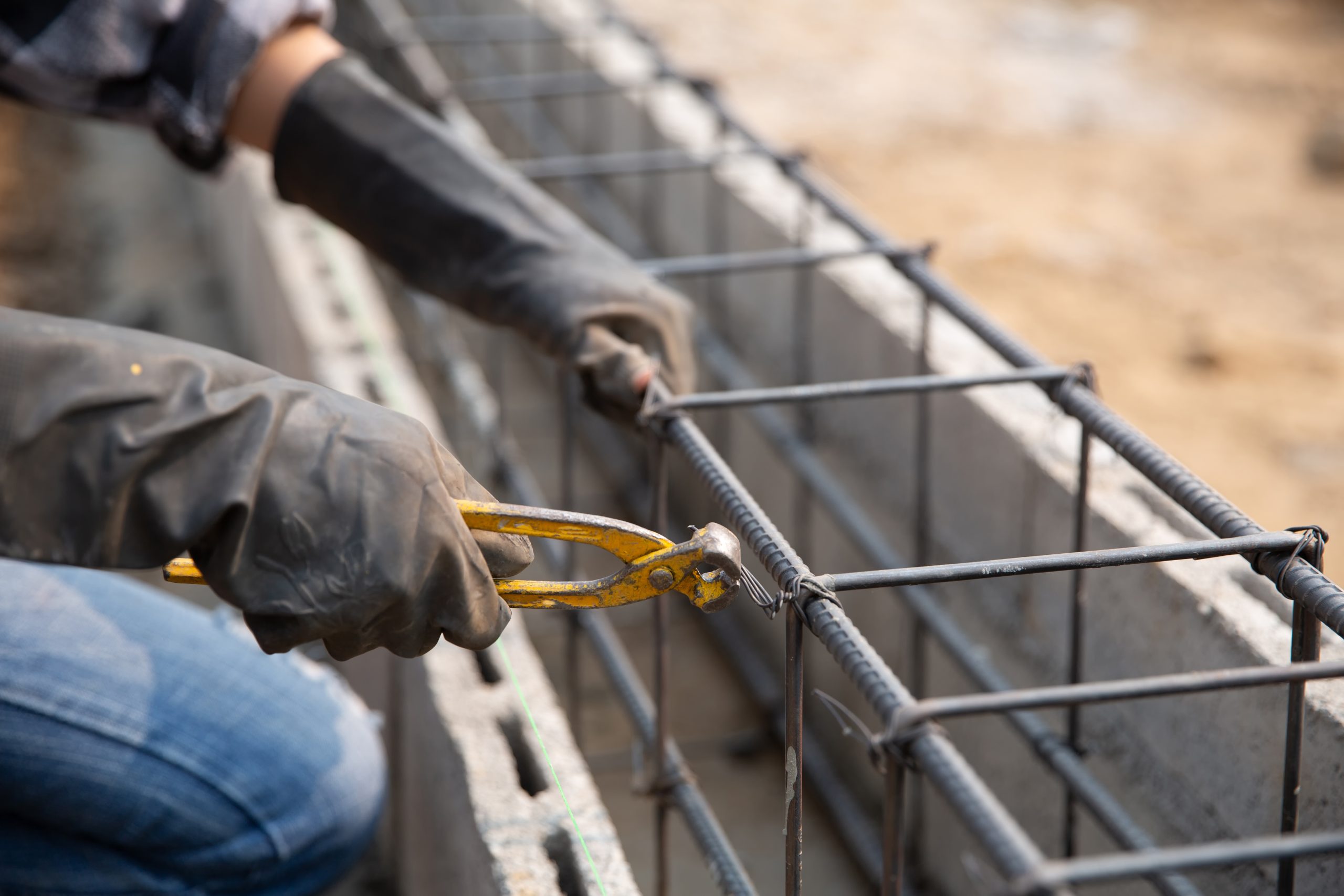
Building a modern concrete retaining wall is a multi-step process that requires careful planning and execution.
1. Planning
The first step is to assess the site conditions, including soil type, slope, drainage, and the load the wall will need to support. This stage often involves geotechnical engineers who can analyze the soil and slope conditions.
2. Designing
Next, a structural engineer designs the wall, creating plans that specify the dimensions and reinforcing details. The design must meet local building codes and regulations.
3. Excavation
Once the design is approved, excavation can begin. The area where the wall will be built is dug out, and any necessary footings are poured.
4. Forming
Forms are built to hold the concrete in place while it cures. These can be made from wood, metal, or plastic and are often coated with a release agent to make it easier to remove them after the concrete has been set.
5. Reinforcing
Steel rebar is placed inside the forms to reinforce the concrete and give it additional strength.
6. Pouring
Concrete is mixed and poured into the forms, then spread and vibrated to eliminate air pockets.
7. Curing
Concrete must cure slowly to reach maximum strength, so the surface is often covered with a curing blanket or sprayed with a curing compound.
8. Finishing
Once the concrete has cured, the forms are removed, and any final touches, such as sealing or adding a decorative finish, are applied.
Designing for Drainage
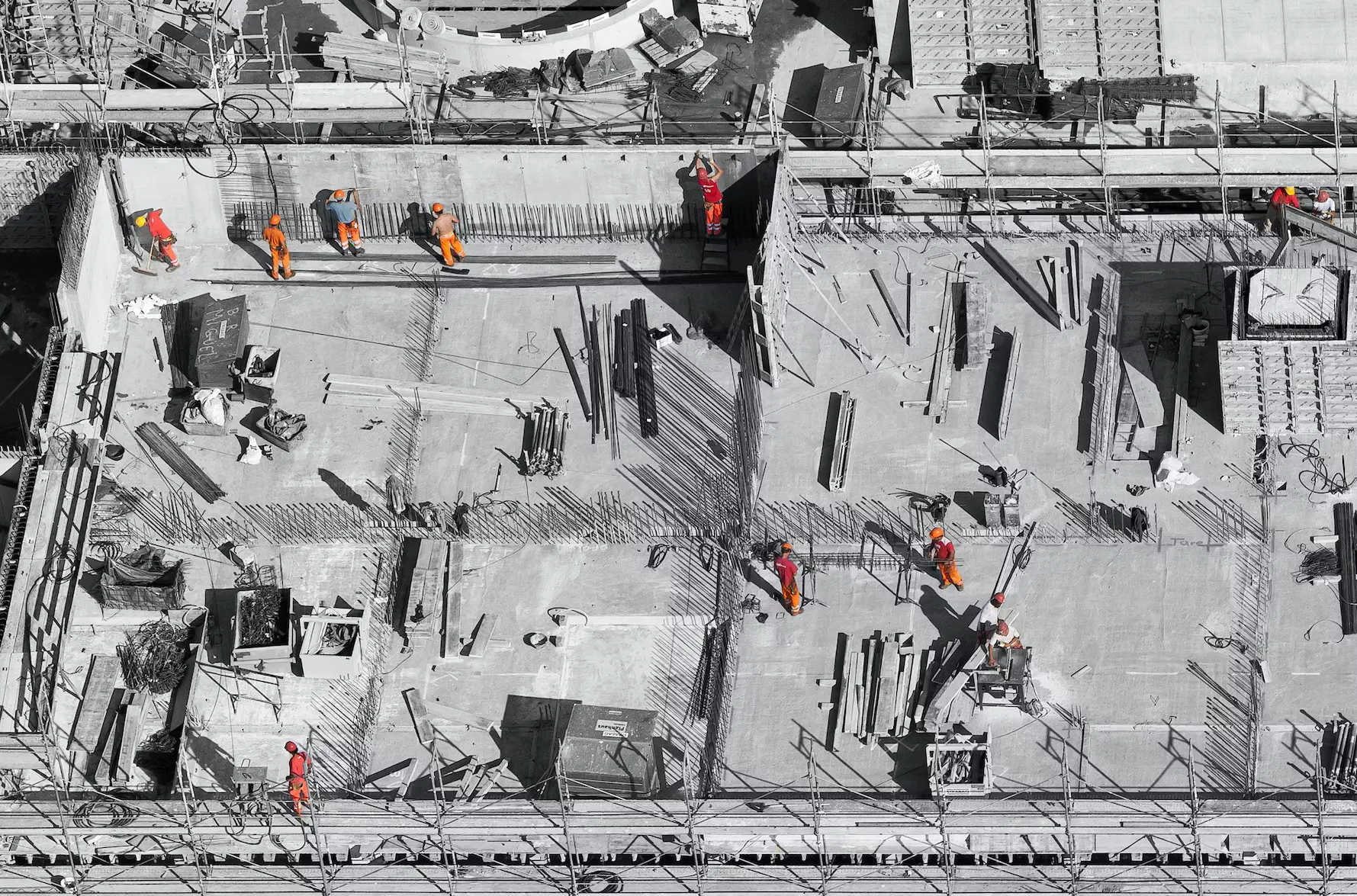
One crucial aspect of retaining wall design is drainage. Water that accumulates behind the wall can lead to hydrostatic pressure, which can cause the wall to fail.
In the design of retaining walls, addressing drainage is a fundamental consideration. When water collects behind the wall, it creates hydrostatic pressure. This force can compromise the integrity and stability of the wall, potentially leading to failure. To mitigate this risk, it’s essential to incorporate effective drainage solutions into the wall’s design.
Key drainage elements include:
- Weep Holes: Small openings in the wall allow trapped water to escape. They prevent water from accumulating and exerting pressure on the wall.
- Drainage Pipes: Positioned typically at the base of the wall, these pipes channel water away from the wall. They are crucial for preventing water buildup and diverting water to a safe discharge area.
- Gravel Backfill: Gravel is often used behind the wall due to its excellent drainage properties. It allows water to flow through it, reducing the amount of water that exerts pressure on the wall.
By integrating these drainage mechanisms, the longevity and effectiveness of the retaining wall are significantly enhanced. It’s a critical step in ensuring that the wall performs its intended function safely and efficiently, especially in areas with high levels of precipitation or groundwater.
Aesthetic Considerations
Modern concrete retaining walls offer a variety of aesthetic options. The concrete can be colored, textured, or formed to mimic other materials like natural stone. Additionally, the wall can be designed with curves, terraces, or built-in seating, making it an attractive feature in landscape design.
Maintenance and Repair
Although concrete is durable, it’s only partially maintenance-free. Regular and proactive inspections are crucial to preserving the integrity of concrete structures. These inspections aim to identify early signs of damage, such as cracks or wear and tear.
Addressing minor issues promptly is crucial. Small cracks can often be effectively managed by sealing them. This preventative measure stops water from penetrating the concrete, which is essential because water ingress can exacerbate the damage, leading to more significant problems. Sealing these minor fissures helps in prolonging the life of the concrete structure.
However, when more substantial issues are detected, seeking professional intervention is essential. Significant cracks or structural concerns may require more complex repair techniques, which experts best handle. These professionals have the skills, tools, and knowledge to diagnose and rectify the problems, ensuring the safety and longevity of the concrete structure.
Regular maintenance and timely repairs are integral to the long-term durability and functionality of concrete installations. By adopting a vigilant approach to care, the lifespan of these structures can be significantly extended, safeguarding their structural integrity and effectiveness.
Sustainability in Modern Concrete Walls
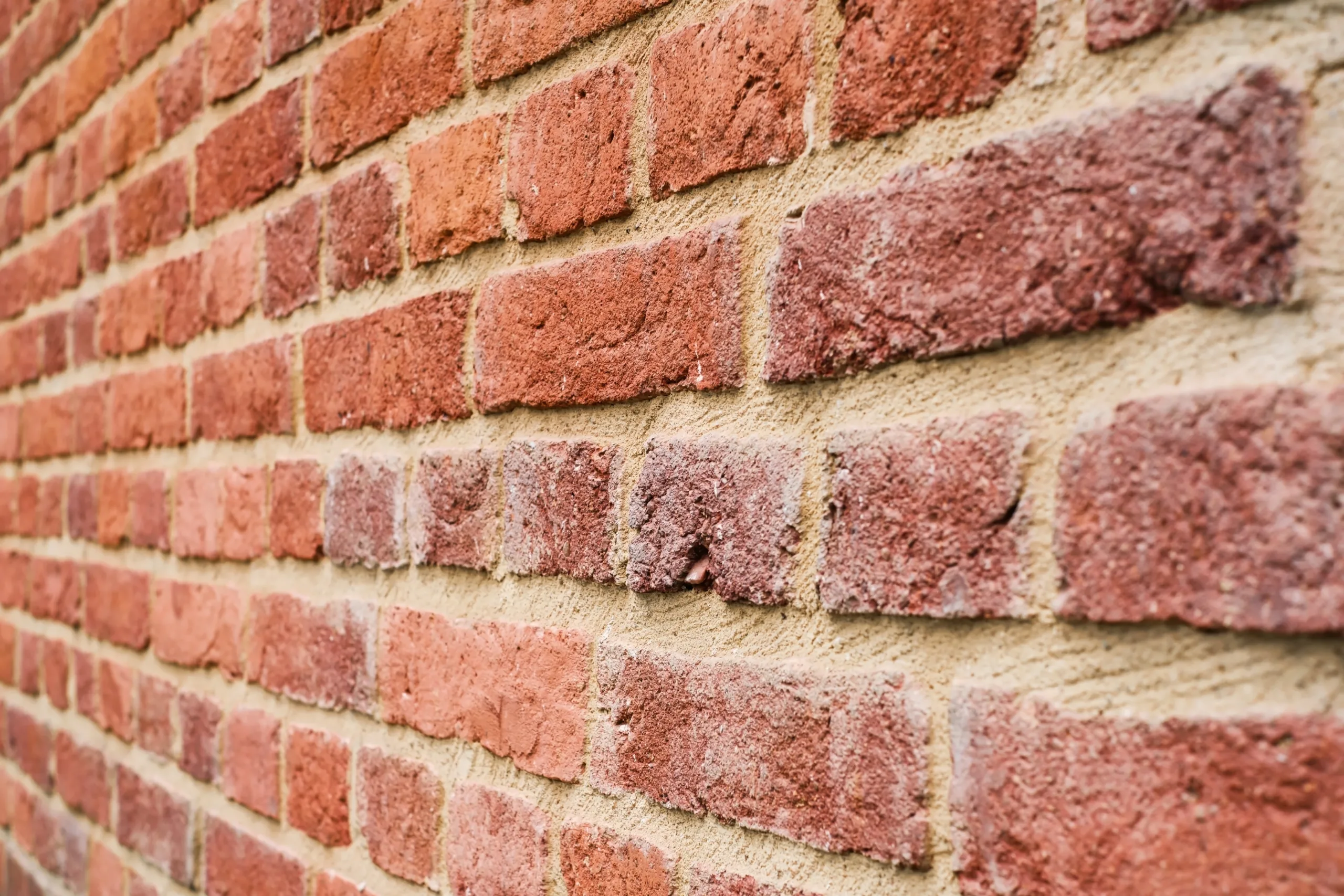
The concrete industry has significantly advanced in sustainability in recent years, reflecting a growing awareness and commitment to environmental responsibility. Many companies now offer concrete mixes that are more eco-friendly, utilizing recycled materials and methods that lower the carbon footprint associated with production. This shift towards sustainability is also evident in modern concrete walls, including retaining walls.
A sustainable concrete retaining wall might incorporate several eco-conscious features:
- Eco-Friendly Concrete Mixes: These mixes may include recycled components, such as crushed glass or reclaimed industrial byproducts, reducing the need for new raw materials and diminishing the overall environmental impact of the concrete.
- Recycled Steel Reinforcement: The use of recycled steel for reinforcing the concrete not only gives a new life to metal that would otherwise be discarded but also maintains the wall’s structural integrity.
- Environmentally Considerate Design: Sustainable retaining walls are designed with a keen awareness of their impact on the surrounding environment. This might include minimizing land disturbance during construction, ensuring proper drainage to prevent erosion, and seamlessly integrating the wall into the natural landscape.
These sustainable practices in concrete retaining walls demonstrate a conscientious approach to construction, balancing the need for durable and practical structures with the responsibility to protect and preserve the environment. Such innovations and thoughtful designs are crucial in advancing the construction industry toward a more sustainable future.
Regulations and Permits
In Danville, CA, before starting the construction of a retaining wall, it is essential to understand and comply with local regulations and obtain the necessary permits. This step is crucial for several reasons:
- Safety Standards: Local regulations are designed to ensure retaining walls are built to specific safety standards. These standards help prevent future structural failures that could pose risks to property and personal safety.
- Environmental Impact: The regulations also consider the potential environmental impact of the construction. This includes assessing how the retaining wall might affect soil erosion, water drainage, and local ecosystems.
- Property Boundaries: Another critical aspect of these regulations is to ensure that the retaining wall does not encroach upon neighboring property lines. This is important to prevent disputes and legal issues related to property boundaries.
- Aesthetic and Community Guidelines: Some areas may have specific guidelines about the aesthetic aspects of construction to maintain the visual harmony of the community.
To comply with these regulations, individuals or contractors must typically submit detailed plans of the proposed retaining wall to the local building authority for approval. This process often includes specifications of the wall’s height, length, materials, location, and any additional measures for environmental protection or drainage.
Obtaining the necessary permits and adhering to local regulations is not just a legal requirement but also a step towards ensuring that the retaining wall is built responsibly, safely, and sustainably, respecting the community and the environment.
Rhino Concrete Danville: Your Partner in Modern Concrete Retaining Walls
In the conclusion of our guide, we want to introduce you to Rhino Concrete Danville, a trusted name in the construction of modern concrete retaining walls. With a team of experienced professionals, Rhino Concrete Danville can take your retaining wall project from concept to completion, ensuring that it meets all safety, durability, and aesthetics requirements.
Whether you need a wall that blends seamlessly with the natural landscape or stands out as a statement piece, Rhino Concrete Danville has the expertise to deliver. Their use of high-quality materials, adherence to industry best practices, and commitment to customer satisfaction make them an excellent choice for your retaining wall project.
Rhino Concrete Danville understands the local regulations and can navigate the permit process on your behalf, making the construction experience smooth and hassle-free. Our portfolio showcases a range of successful projects, highlighting their ability to tackle retaining walls of all shapes, sizes, and complexities.
When you work with Rhino Concrete Danville, you can expect:
- Professional and transparent communication throughout the project.
- Detailed planning and design to match your vision and needs.
- Quality construction with a focus on long-term durability.
- A commitment to sustainability and eco-friendly options.
- Thorough site cleanup and finishing touches for a polished look.
A modern concrete retaining wall can be much more than just a functional structure; it can enhance the beauty and value of your property. Rhino Concrete Danville can help you achieve that perfect balance of form and function, creating a retaining wall that stands the test of time.
In conclusion, a modern concrete retaining wall is critical to landscape design and soil management. From the considerations in planning and design to the execution and finishing touches, it’s a complex structure that safeguards your property and enhances its appeal. For those looking to invest in such an important project, Rhino Concrete Danville stands ready to bring your vision to life with expertise, quality, and a focus on customer satisfaction. The benefits of a professionally constructed retaining wall are numerous. With Rhino Concrete Danville, you have a partner who can ensure those benefits are fully realized.






